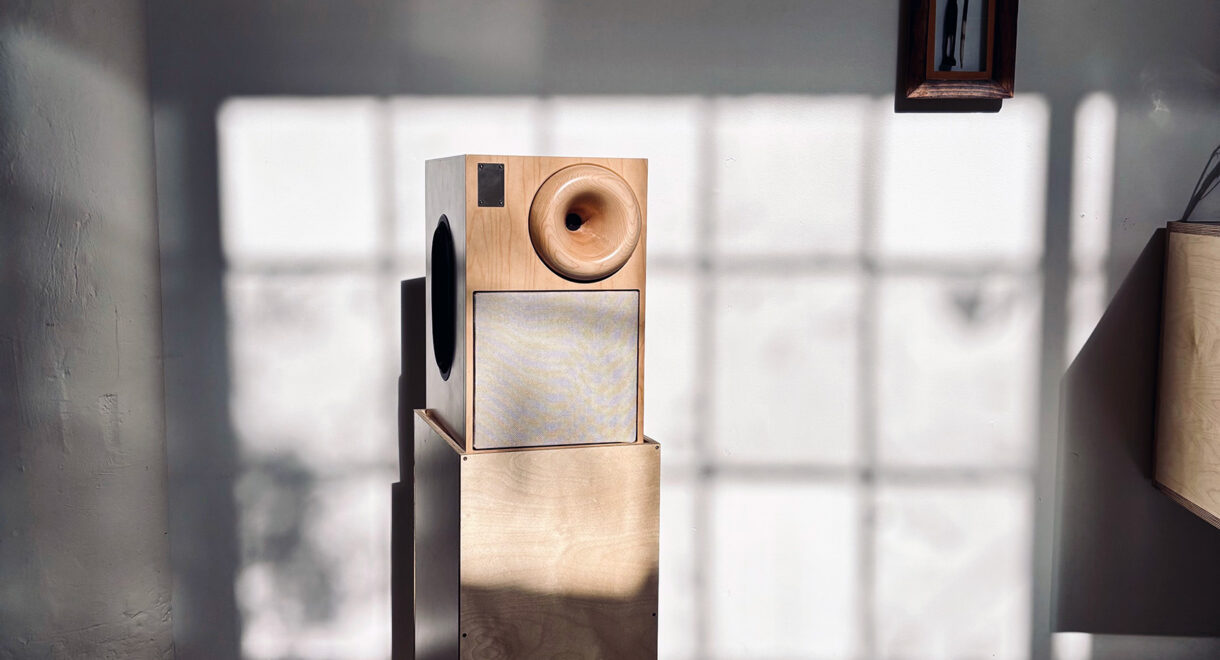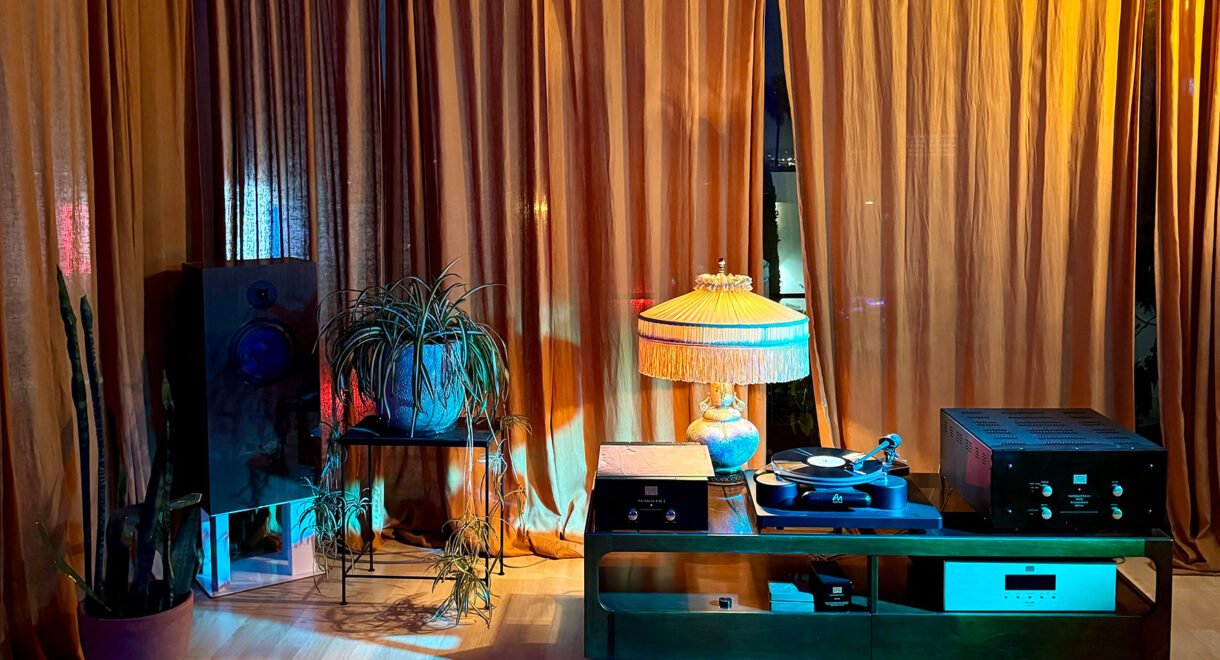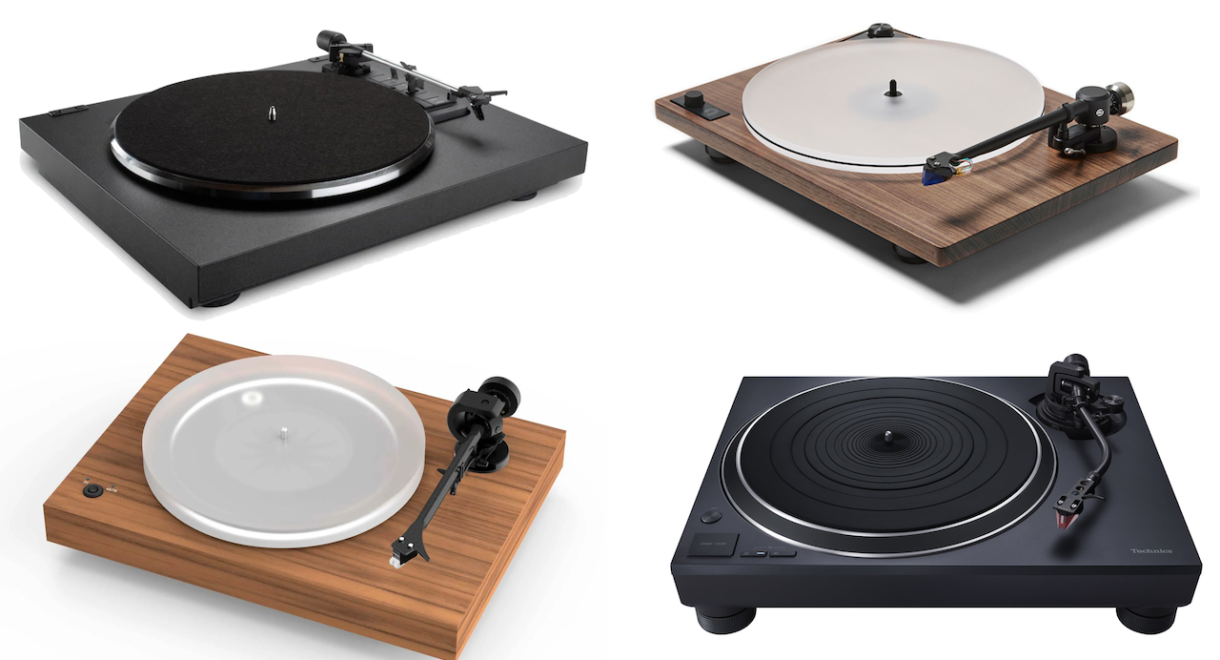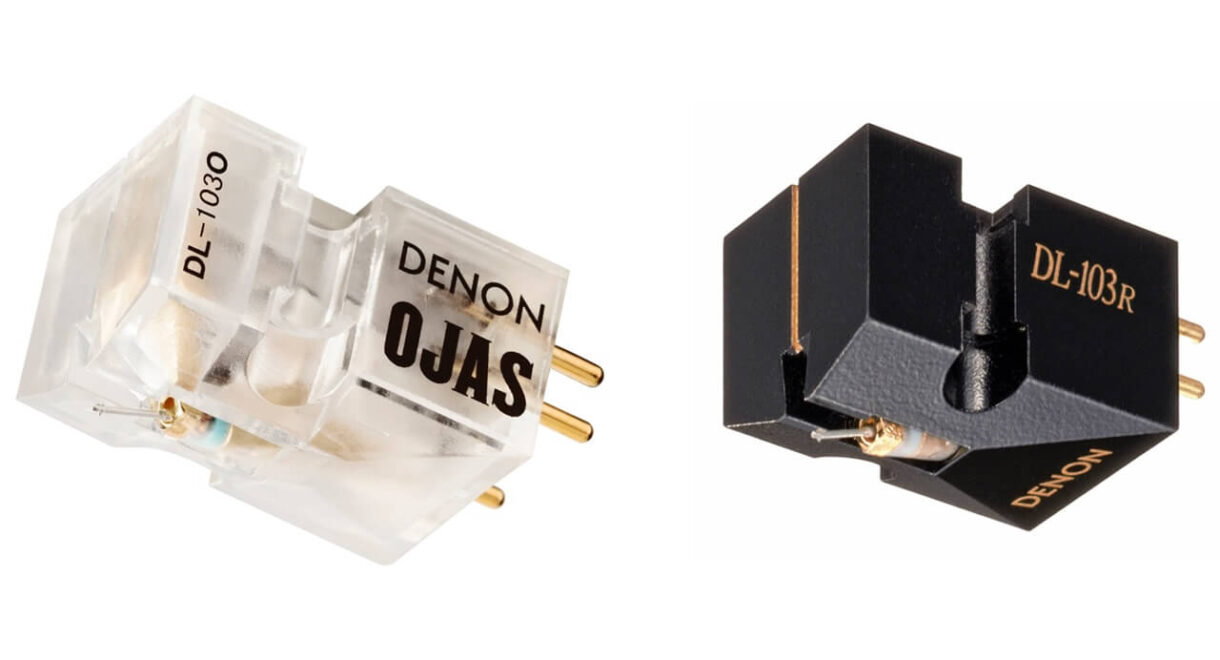Transparent clarity, deep bass, and “Invisible Sound” from German audio company ADS. Background: One of the lesser known hi-fi brands of the ’70s, ADS (Analog and Digital Systems) […]
Learning from the Hi-Fi past: Audiocraft magazine’s tips for better listening room sound (and other delights)

The science of sound – how high-fidelity systems do what they do, and why – has been a subject of obsessive fascination since the rise of stereophonic systems in the 1950s. As we’ve highlighted before, when first-generation audio engineers including Paul Klipsch (Klipsch) and Henry Kloss (Acoustic Research, Advent) started building their legendary speaker systems, they did so first as hobbyists whose obsession with sound reproduction and serious listening propelled them toward solutions.
The early makers who took to basements and woodsheds to experiment with sound were surprisingly generous with their findings. When they figured something out they often shared the information with other Hi-Fi heads through start-up magazines. One of the most fascinating was Audiocraft.
Though it only lasted three years, the information within offers a window into the quest for better sound and, by extension, better listening rooms.
Those of us lucky enough to have space for a communal sessions, for example, might be wondering how much power you need in an amplifier to ensure you’ve got enough for everyone to hear. The advice is pretty straightforward, and comes via an editorial in the Nov. 1957 issue.
How much sound/wattage you need depends on three factors:
1. Room size. Bigger room = more sound needed. It’s a direct proportion.
2. Surface absorption. How much stuff in the room absorbs sound affects how much sound you need. A room with a lot of drapes, carpets, and padding needs more sound than a room with hard surfaces.
3. Type of music. Big music with lots of frequency range makes louder sounds than small groups or solo instruments.

The editor, Roy Allison, explains that if you want to awe your listening crew, you want a sound level of about 100 decibels. To get that level in a room that’s about 18 by 12 by 15 feet, with average absorption, you need about a quarter of a watt of acoustic power. That’s for a small room. If you have a more efficient speaker, you need less power. If you have a bigger or more absorptive room, you need more power.
Does Audiocraft get into the weeds? Absolutely, and for those not schooled in audio engineering terms, it might take you a day of reading through the issues to fully grasp the jargon. But doing so will yield information you can use for the rest of your life.
For example, speaker efficiency is key, but what is it? It’s “the percentage of acoustic energy radiated in all directions from a speaker, compared to the input of a given amount of power (3% to 4% efficiency is typical for a woofer),” per Galaxy Audio.
Armed with this information, you can start to understand wattage needs, and understand that speaker efficiency is the most important factor when setting up a listening space. Depending on the speaker and the model, efficiency can vary from less than 1% to nearly 50%. If you have a 40% efficient speaker in an average small room, you only need ⅝ watt to get the 100-decibel sound level. But if you have a 1% efficient speaker, you need 25 watts of power. And if your room is three times larger and twice as absorptive, you need 15 watts of power with a 1% efficient speaker.
Audiocraft also featured profiles of ridiculous homemade systems of the 1950s, the best of which is a mini camper that a sound dude transformed into a rolling hi-fi system.
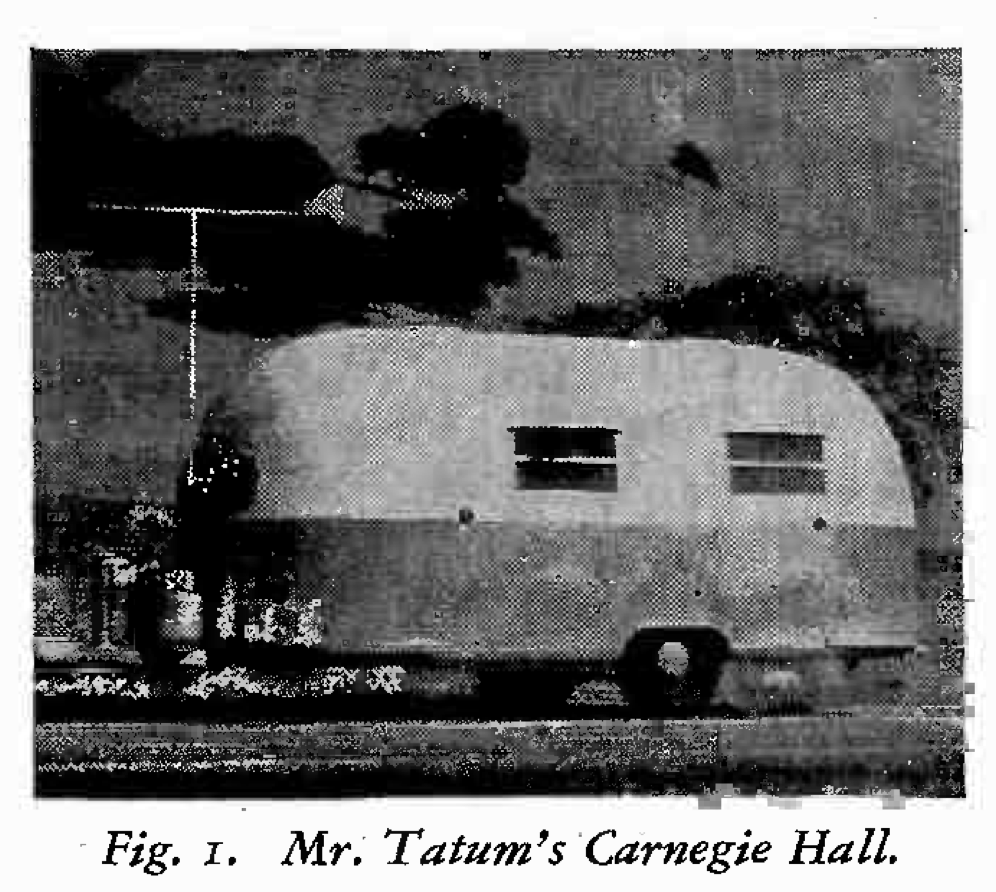
“Mr. Tatum’s Carnegie Hall,” pictured above, was a project outlined in the Jan. 1957 issue. Written by Brooks Tatum, it opens with his issue: he’s both a naturalist and a music freak. “My problem was to get high-fidelity sound reproduction, from radio and records, into a mobile home 17 feet long, 7 feet in diameter, and of 500 cubic feet total volume.”
Across the next three pages, Tatum describes how he did it. For example, his corner wardrobe doubled as a speaker baffle. Included resonant spaces in the floor. He insulated it. In essence, he pretended his mobile home was a speaker cabinet. His conclusion: “The power and attack of this reproducing system are the source of continuing amazement. Its ability to encompass the entire tonal range … without effort or default is unexpected and extremely gratifying.”
Though none of us are likely going to work through these experiments ourselves, it’s reassuring to know that not that long ago a community endeavored to document the ways in which deep listening and high-fidelity send evolved.





